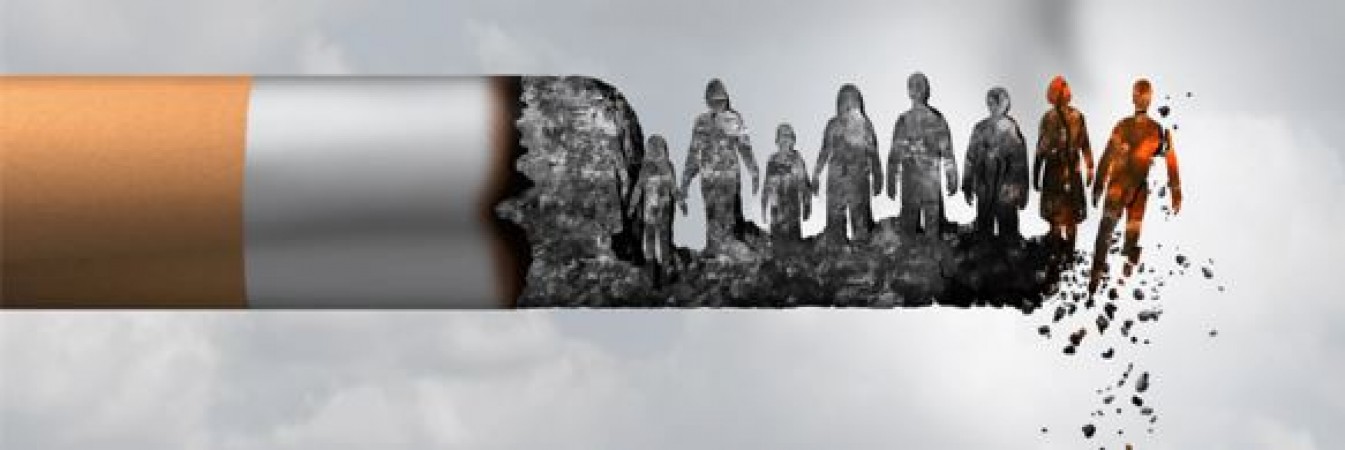
No Smoking Day, observed on May 31, 2024, serves as a crucial reminder of the dangers associated with smoking and the importance of quitting for good health. While the focus often falls on the smokers themselves, passive smoking, also known as secondhand smoke, poses significant health risks to non-smokers. Understanding what passive smoking is and its side effects can help us create a healthier, smoke-free environment for everyone.
What is Passive Smoking?
Passive smoking occurs when non-smokers inhale the smoke exhaled by smokers or the smoke emitted from the burning end of cigarettes, cigars, or pipes. This involuntary exposure to tobacco smoke can happen in various settings, including homes, workplaces, public places, and even outdoors. Secondhand smoke contains over 7,000 chemicals, many of which are toxic and at least 70 of which are known to cause cancer.
Side Effects of Passive Smoking
Respiratory Issues:
Asthma and Respiratory Infections: Passive smoking can exacerbate asthma symptoms and increase the frequency and severity of asthma attacks. It also raises the risk of respiratory infections such as bronchitis and pneumonia, especially in children.
Chronic Obstructive Pulmonary Disease (COPD): Long-term exposure to secondhand smoke can contribute to the development of COPD, a group of lung diseases that cause breathing difficulties.
Cardiovascular Problems:
Heart Disease: Non-smokers exposed to secondhand smoke have a 25-30% higher risk of developing heart disease. This is due to the smoke's ability to damage blood vessels, increase blood pressure, and reduce good cholesterol levels.
Stroke: Passive smoking is linked to an increased risk of stroke, as it can lead to the buildup of fatty deposits in arteries, restricting blood flow to the brain.
Cancer:
Lung Cancer: Non-smokers who are regularly exposed to secondhand smoke have a 20-30% higher risk of developing lung cancer. The carcinogens in tobacco smoke can damage the cells lining the lungs, leading to cancer over time.
Other Cancers: Passive smoking is also associated with cancers of the throat, nasal sinuses, brain, bladder, rectum, stomach, and breast.
Impact on Children:
Sudden Infant Death Syndrome (SIDS): Infants exposed to secondhand smoke are at a higher risk of SIDS. The exact mechanism is unclear, but tobacco smoke is believed to affect the brain's regulation of breathing.
Developmental Issues: Exposure to secondhand smoke can lead to low birth weight, preterm delivery, and developmental problems. Children in smoking households are more likely to suffer from behavioral issues and learning difficulties.
Other Health Effects:
Eye and Nasal Irritation: Short-term exposure to secondhand smoke can cause eye irritation, nasal congestion, and throat discomfort.
Reproductive Health: Passive smoking can affect reproductive health, leading to reduced fertility and complications during pregnancy, such as preterm birth and low birth weight.
How to Protect Yourself and Others from Passive Smoking
Create a Smoke-Free Home: Implement a strict no-smoking policy inside your home. Encourage smokers to smoke outside, away from windows and doors.
Support Smoke-Free Policies: Advocate for and support smoke-free policies in workplaces, public spaces, and residential buildings. These policies significantly reduce secondhand smoke exposure.
Educate and Raise Awareness: Inform others about the dangers of passive smoking. Education can motivate smokers to quit and help non-smokers protect themselves.
Use Air Purifiers: While they are not a complete solution, high-quality air purifiers can help reduce the concentration of smoke particles in indoor environments.
Seek Support for Quitting: Encourage smokers to seek support and resources for quitting. Smoking cessation programs, counseling, and medications can significantly increase the chances of quitting successfully.
No Smoking Day is an opportunity to reflect on the dangers of smoking and the importance of protecting non-smokers from secondhand smoke. By understanding the severe health impacts of passive smoking and taking proactive steps to reduce exposure, we can contribute to a healthier, smoke-free world.
You May Also Like: